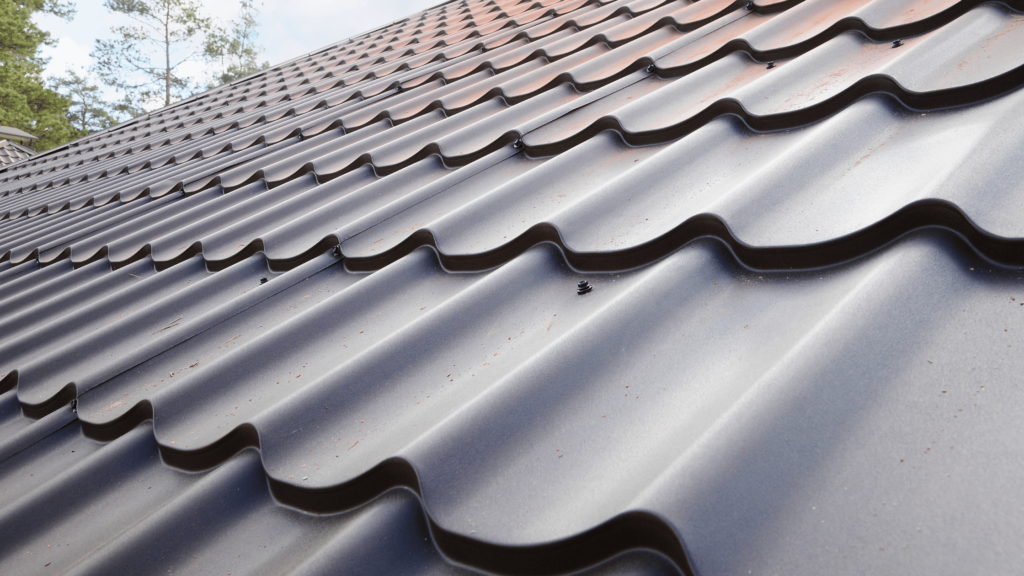Retaining walls serve an important purpose in landscaping, preventing soil erosion and providing stability to sloping areas. However, over time, the waterproofing on these walls may deteriorate or become damaged, requiring removal and replacement to maintain their effectiveness. In this article, we will explore some effective techniques for removing waterproofing from retaining walls, ensuring their longevity and functionality.
Why is Waterproofing Removal Necessary?
Waterproofing is applied to retaining walls to prevent water penetration and protect the underlying structure from damage. However, if the waterproofing becomes compromised, such as through cracks or peeling, it can create drainage issues, allowing water to accumulate behind the wall. This can lead to a variety of problems, such as soil erosion, mold growth, and damage to the wall itself.
Removing and replacing the damaged or deteriorated waterproofing is crucial to maintain the wall’s functionality and prevent further issues. By applying effective removal techniques, you can ensure a clean surface for the new waterproofing application, ultimately enhancing the wall’s longevity and performance.
Techniques for Removing Waterproofing from Retaining Walls
-
Pressure Washing: Pressure washing is a commonly used technique to remove various types of coatings and waterproofing materials from surfaces. By utilizing a high-pressure water spray, it can effectively strip away the protective layer from the retaining wall. However, caution must be exercised, as excessive pressure can damage the wall surface or force water into unwanted areas.
-
Chemical Stripping Agents: Chemical stripping agents are specifically designed to dissolve and break down waterproofing materials. These products are applied to the wall surface and left for a specified amount of time to allow the chemicals to penetrate and weaken the bond. Following the instructions provided by the manufacturer is essential to ensure proper application and safe use.
-
Heat Gun or Torch: For small areas or stubborn waterproofing materials, a heat gun or torch can be used to soften and remove the coating. By applying heat directly to the surface, the waterproofing can be melted or loosened, making it easier to scrape or peel off. It is important to be cautious when using heat, as excessive temperature can damage the retaining wall.
-
Mechanical Removal: In cases where the waterproofing is particularly stubborn or difficult to remove, mechanical methods can be employed. These include using scraper tools or sanding machines to physically scrape or grind away the protective layer. Care must be taken to avoid damaging the wall surface, and protective equipment should be worn to prevent injury.
Frequently Asked Questions (FAQs)
Q1: Can I simply apply new waterproofing without removing the old one?
A1: It is generally recommended to remove the old waterproofing before applying a new layer. This ensures proper adhesion and prevents any underlying damage from spreading or affecting the new coating.
Q2: Do I need professional help to remove waterproofing from retaining walls?
A2: The complexity of the removal process depends on the condition of the existing waterproofing and the size of the area. While simple jobs can be tackled by homeowners, larger or more challenging projects might require professional assistance.
Q3: How often should waterproofing be replaced on retaining walls?
A3: The frequency of waterproofing replacement depends on various factors, such as the quality of the initial installation and the environmental conditions. In general, it is recommended to inspect retaining walls periodically and replace the waterproofing every 5-10 years or as needed.
Conclusion
Removing waterproofing from retaining walls is an essential task to maintain their functionality and prevent future issues. By employing techniques such as pressure washing, chemical stripping agents, heat guns or torches, and mechanical removal, you can effectively remove the old protective layer. Ensure the new waterproofing application adheres properly by thoroughly cleaning the surface beforehand. Remember to consider the size of the project and your personal skill level when deciding if professional help is necessary. By paying attention to the condition of the waterproofing and performing regular inspections, you can extend the lifespan and durability of your retaining walls.

